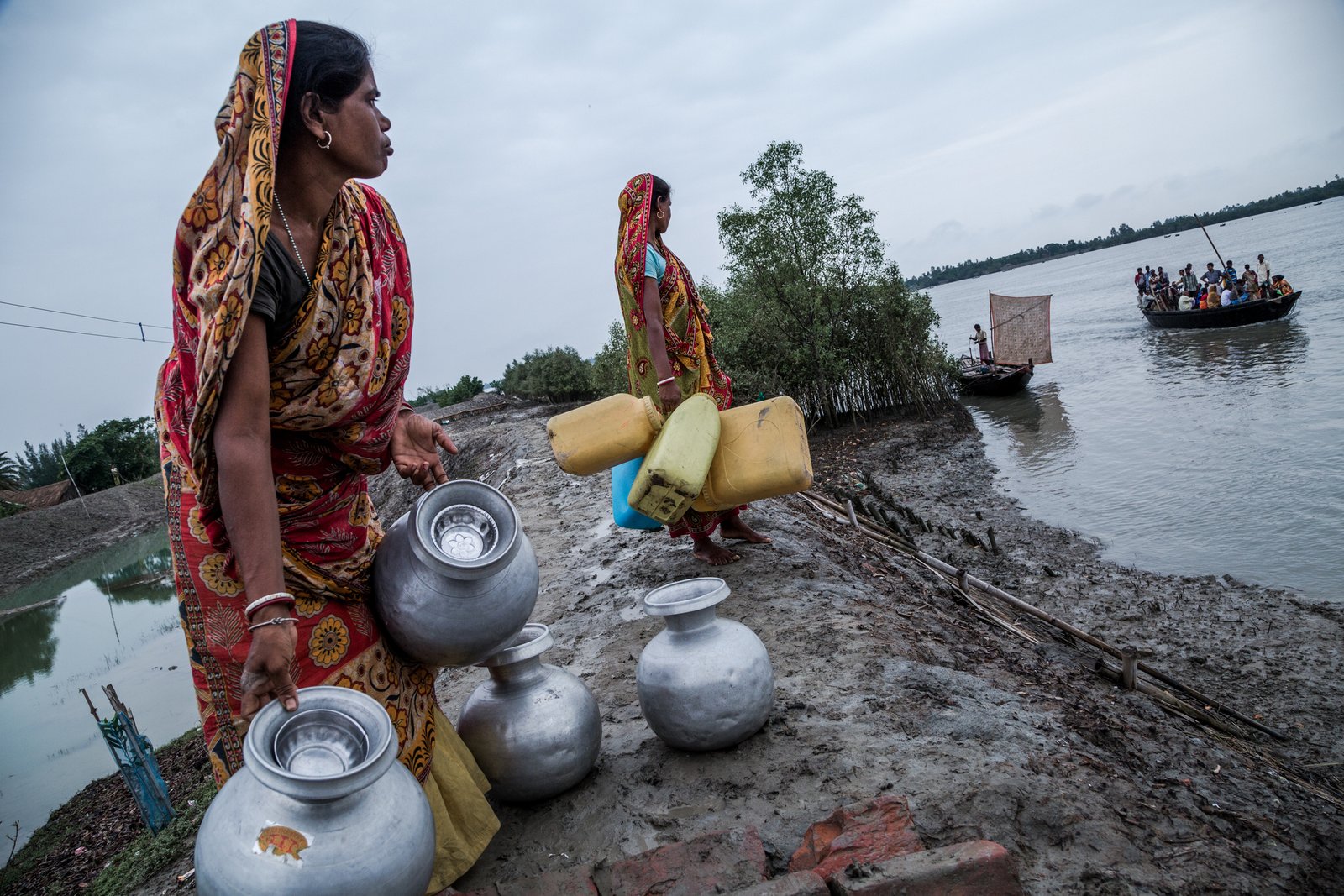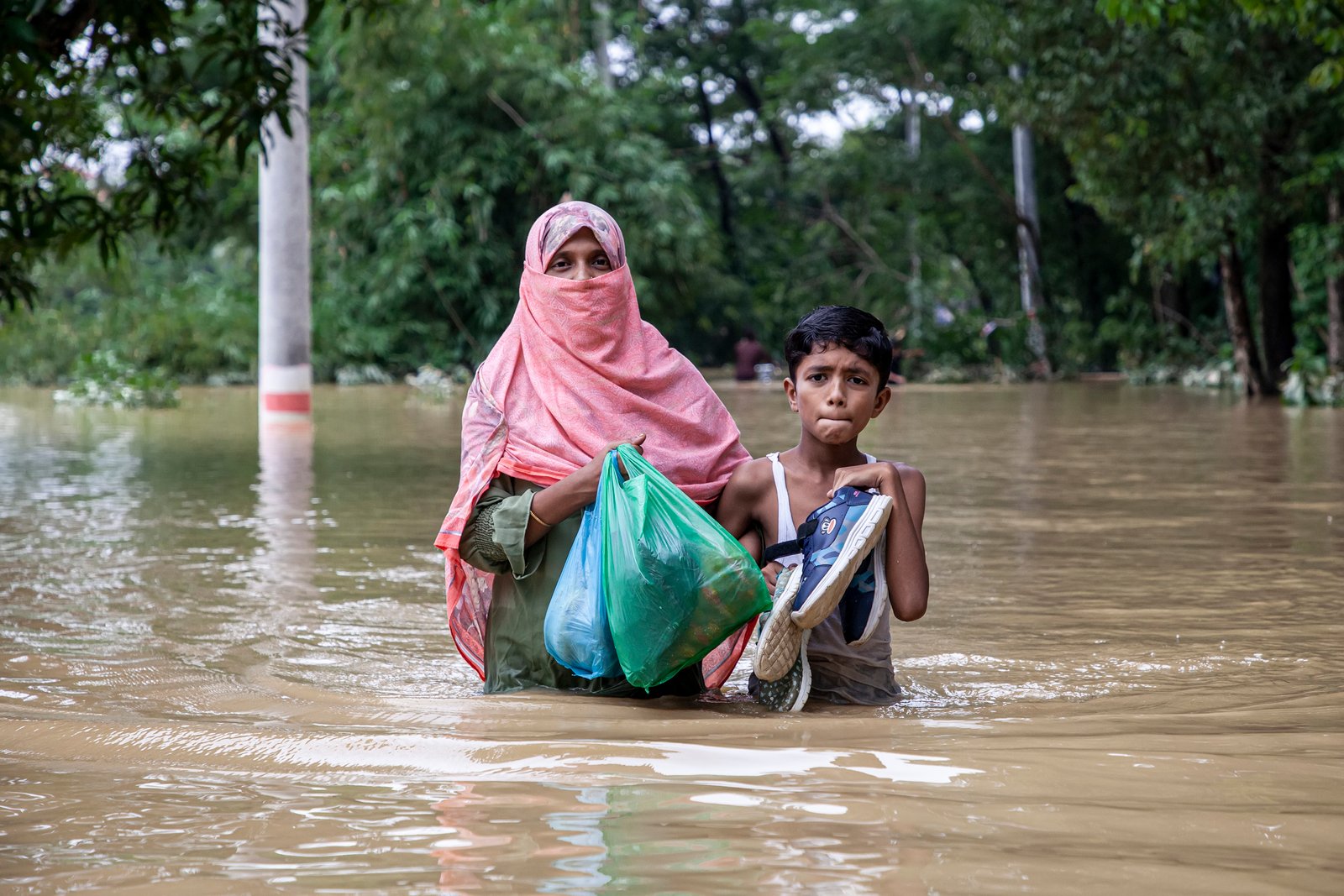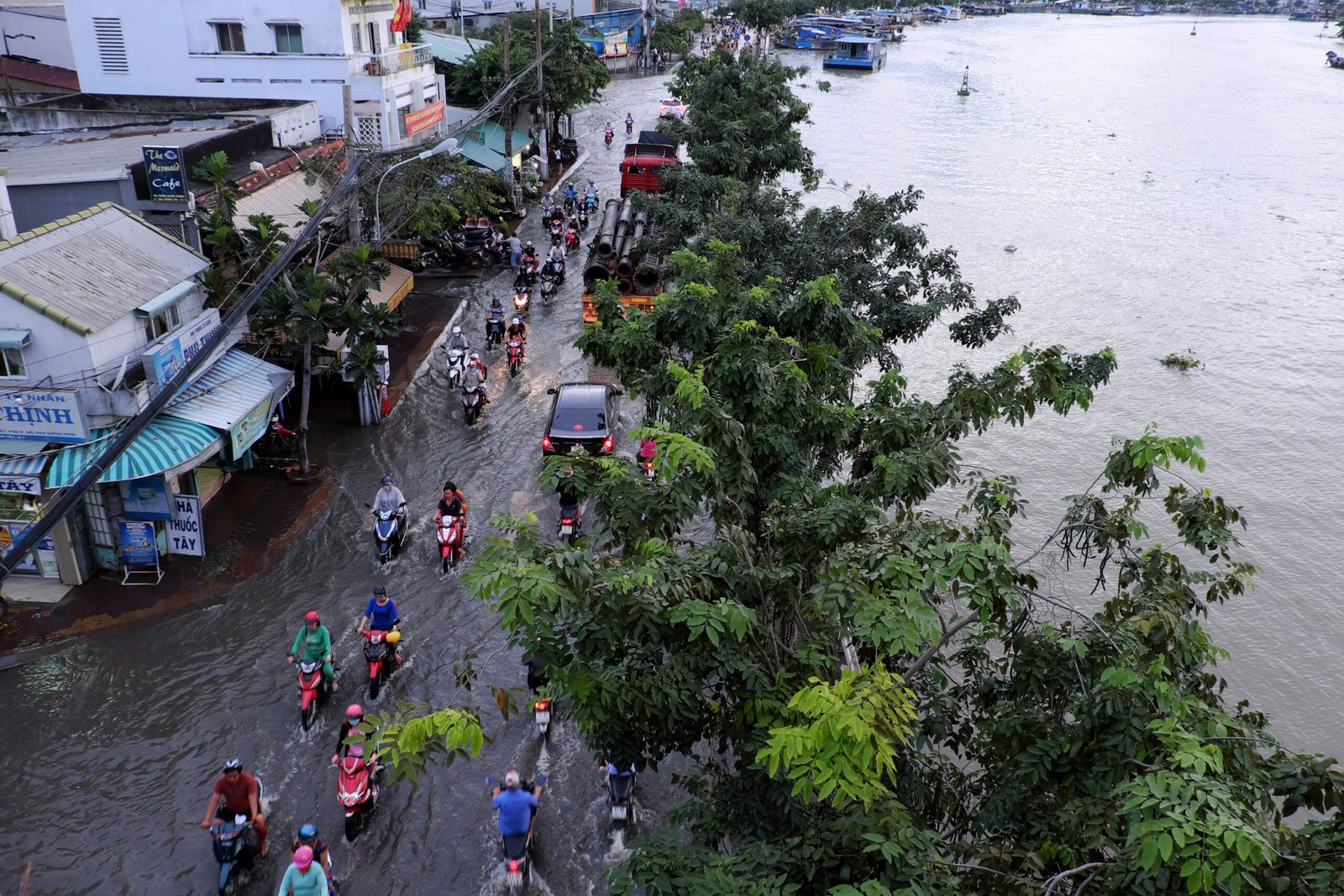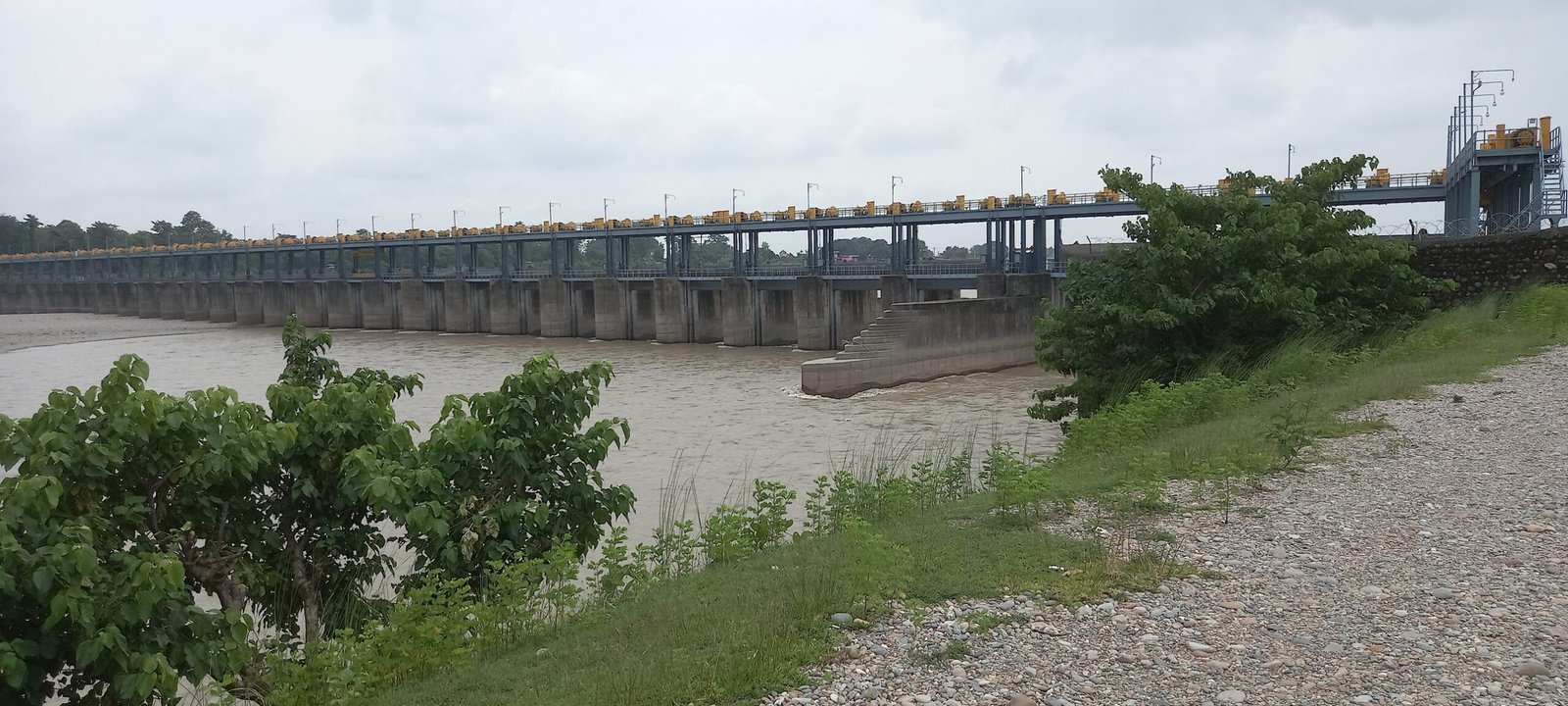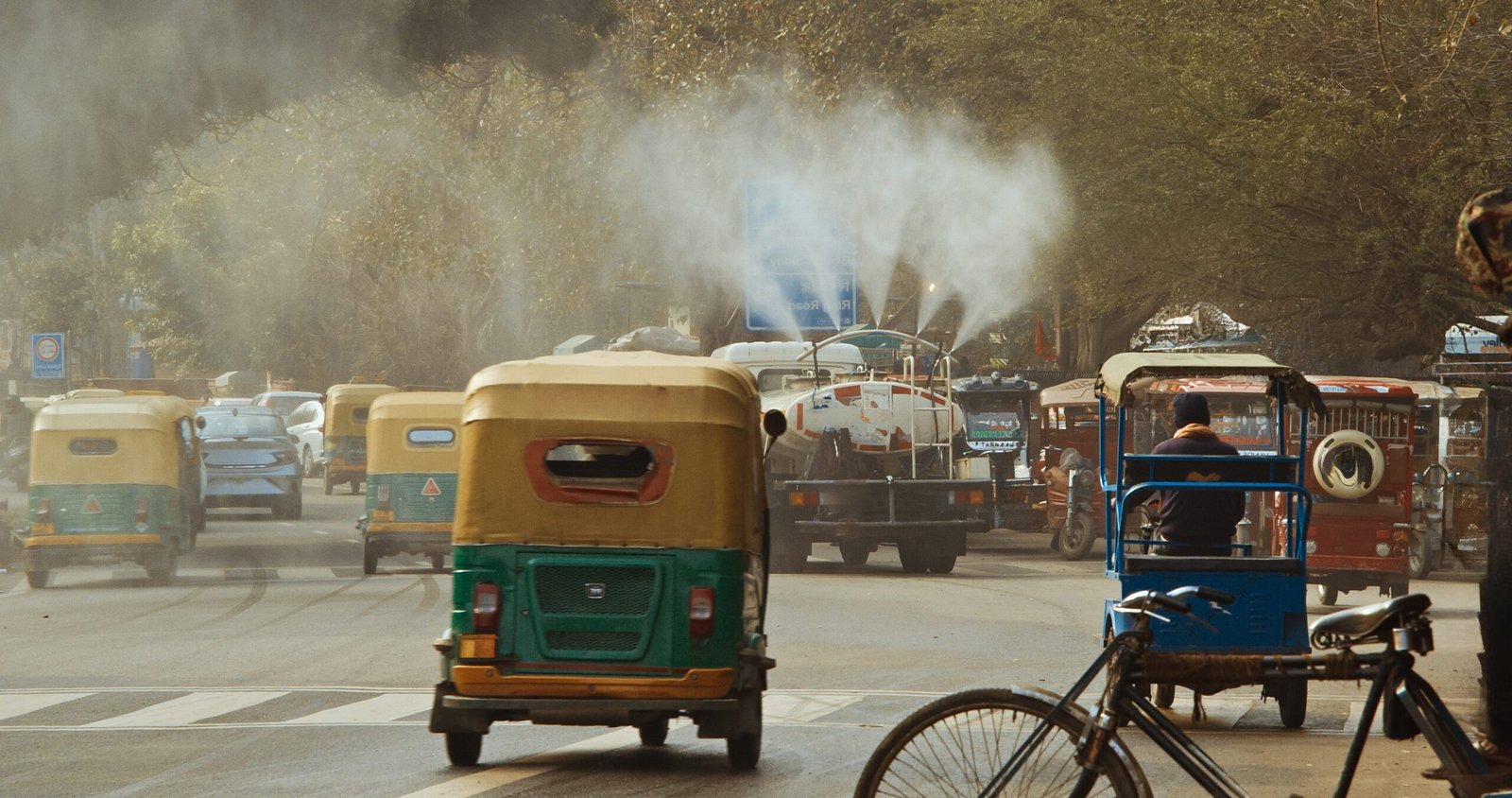Climate change hits the poor hardest. To tackle climate change and poverty with strong policies, we need to answer two key questions: are the poor more exposed to climate extremes than the rich, and are the poor more adversely affected by these shocks? This article explores the evidence.
Understanding the issue
The world’s poor are more likely to live and work in areas that are vulnerable to climate shocks, such as floods, droughts, and extreme heatwaves. Low-income households often live in these high-risk areas as they are the most affordable or accessible. This would suggest that they are more likely to experience climate shocks.
Even if poor and non-poor households are equally exposed to climate shocks, are they equally affected? Poor households may be more adversely affected because they have fewer resources to adapt and build resilience.
Consequently, poor households may take longer to recover from climate shocks, which further increases their financial precarity. To fund recovery from a natural disaster, poor households often deplete their savings, sell-off productive assets (possessions that could generate future income, such as livestock), or incur debt, which has long-term adverse effects on their economic stability and growth prospects.
Exposure to climate change and its impact on the poor
We explored these issues in more depth in our analysis of 70 studies. These provided 701 quantitative estimates and a comprehensive overview of the impacts of climate shocks on the poor and their exposure to climate change.
More than two-thirds (68 percent) of the studies found that the poor are more exposed to climate shocks. Compared with other natural disasters, such as earthquakes and generic climate change, the poor are more likely to be exposed to floods, extreme heat, and droughts than the average household or country. For example, in Ho Chi Minh City, Vietnam, poor households cluster in flood-prone districts to gain access to better job opportunities in urban areas, which leaves them in a more vulnerable position. This pattern is not isolated; similar trends are observed in other urban centers globally.
Even in cases where the poor and the non-poor are equally exposed to climate shocks, the ability to recover and cope may depend on their relative socio-economic status and available resources. For example, in Honduras, the poor and non-poor are equally exposed to hurricanes, but the effect on the poor is more severe. When the poor are more exposed to climate shocks, they are potentially even more at risk of struggling to recover. It is, therefore, unsurprising that 80 percent of studies in our analysis found that the poor are disproportionately affected by climate shocks relative to the average household or rest of the country.
How does climate change affect the poor?
Extreme weather affects people in many ways. For individuals, it not only affects their education, health, and participation in the labor market, but can also lead to death.
In terms of income and livelihood loss, the majority of the poor reside in rural areas and are heavily reliant on agriculture. Climate shocks, therefore, disproportionately affect the rural poor due to declines in agricultural productivity.
Mortality rates increase following extreme weather events, with poorer countries generally experiencing more deaths. Survivors may suffer adverse short-term effects on their education and health, as well as long-term impacts, including ongoing poor health and persistent poverty.
Policy recommendations for building the poor’s resilience to climate change
Addressing the unequal impact of climate shocks in the short and long term requires targeted and robust policy interventions to protect the poor. It is crucial to recognize that public sector policies are often better suited than private efforts in building resilience and adapting to climate change. This is because government and international organizations play vital roles in implementing targeted interventions and creating an enabling environment for building resilience.
Investing in human capital – in terms of health, education, and skills – is also crucial to building climate resilience for several reasons. Higher levels of human capital enhance adaptive capacity, enabling individuals to better understand and prepare for climate risks, learn new skills, and make informed decisions on adaptation. General education and skills training also allow people to switch to less climate-sensitive occupations.
Adaptive social protection – a strategy which invests in the poor’s capacity to cope with shocks – plays an increasingly vital role. Targeted social assistance programs can lead to sustained increases in human capital, contributing to economic development that mitigates the negative effects of climate shocks. These investments create a multi-faceted shield against climate vulnerabilities, ensuring more resilient communities in the face of environmental challenges.
On a broader scale, to protect poor countries from the impacts of climate shocks, authorities can prepare themselves through strategies, such as disaster risk financing and market insurance, which mitigate the damages inflicted by such environmental disasters. The public sector is well-positioned to invest in climate-resilient infrastructure and urban planning, which are critical for protecting the more vulnerable and impoverished from climate change. As the research shows, policies promoting general economic development and human capital accumulation are also crucial for building resilience to climate extremes.




